From sunny walks along the glistening Binnenalster to long, lazy afternoons at open-air markets and beer gardens, everyone knows that Hamburg truly comes into its own in summer.
But what happens when the darkness starts closing in earlier in the evening and 30C temperatures are replaced by rainy streets and icy winds? Especially for families living in the Hanseatic city state, it can be hard to know how to beat the boredom when the weather is less than ideal.
For anyone looking ahead to the cold and wet months with trepidation, here are ten ideas for how to while away a rainy day in Hamburg.
Play minigolf in the dark
The underwater world of Atlantis, a tropical jungle with roaming dinosaurs and a creepy haunted factory… In Hamburg’s Schwarzlichtviertel, you can explore endless fantastical locations – and all of them are completely glow-in-the-dark.

The blacklight minigolf is the first of its kind in Hamburg and offers a unique experience for families or groups of friends looking to fill a few hours on a rainy afternoon. Over 1,000 square metres and 18.5 holes, you’ll not only enjoy the challenge of trying to sink the golf balls but will also be entertained by stunning luminescent visuals, optical illusions and 3D effects.
In the blacklight quarter, you can also check out an immersive new virtual reality experience with your friends. Armed with virtual snowballs or VR lasers, you can battle against robots, zombies and dragons in the arena – or even turn against your teammates in a challenging multi-player game.
Unwind in a historic spa
If relaxation is more your thing, then look no further than Hamburg’s stunning Holthusenbad, which promises “a modern spa experience in a historic ambience”.
First opened in 1914, the main swimming hall retains its regal character to this day, with ivy-green tiles and high windows that flood the room with natural light. In addition, Holthusenbad also has a well-equipped spa and relaxation area, where visitors can choose between steam rooms, classic saunas and the media sauna in which lights, film and music stimulate the senses.
Anyone wanting to escape the grey skies for a full day can purchase a day card for €21.30 in the week and €22.80 at the weekend, which allows you access to the swimming pool, sauna and spa area, as well as the on-site bistro.
READ ALSO: Surviving winter: 8 tips for enjoying the cold like a true German
Discover miniature worlds
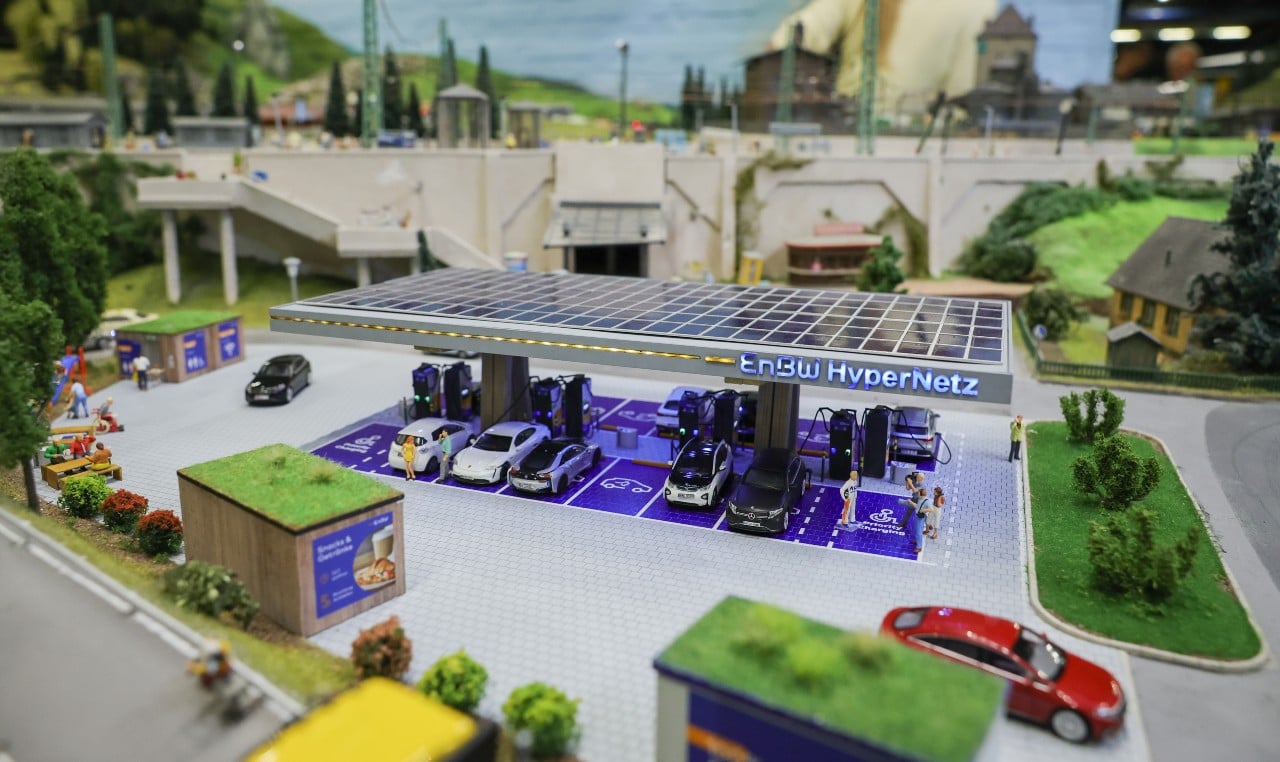
Whether you live in Hamburg or are just visiting, there’s one attraction you can’t miss: the awe-inspiring Miniatur Wunderland. This epic (yet tiny) attraction is a whirlwind trip across the globe and even holds a Guinness World Record for boasting the biggest model railway on the planet.
While it might sound just a little nerdy, it’s hard not to admire the work that went into creating this miniature feat of infrastructure: 17 years of painstaking work and around €21 million were originally poured into the project, and it keeps expanding all the time.
Visitors young and old can spend hours pouring over the cities and sights they know on a miniscule scale, whether it’s Schloss Neuschwanstein in Bavaria, the canals of Venice or the bright lights of Las Vegas. Intelligent programming makes the world come to life with swerving cars, flying planes and trains that run with enviable regularity (at least for those who know Deutsche Bahn).
These days, Hamburg Miniatur Wunderland also has a virtual reality experience on offer, where you can explore the miniature wonderland just like one of its tiny inhabitants.
Stroll along the former Elbe Tunnel
Starting in the vibrant district of St. Pauli, the former Elbe Tunnel – known simply as the Alter Elbtunnel by locals – can be accessed by pedestrians and cyclists for free on any day of the week.
Starting in the imposing green-domed entrance, clunky hydraulic car lifts and glass passenger lifts take you 24 metres below the ground into the atmospheric tiled tunnel beneath. This masterpiece of engineering first opened in 1911 as a route for harbour workers to take to the Steinwerder peninsula, but is now primarily a tourist attraction.
With the tunnel stretching less than half a kilometre, you can walk to Steinwerder and back in around half an hour – but we recommend bringing a camera for some eye-catching shots of the Art Deco interiors. Once you return to the world above, we recommending grabbing a bite to eat or a few beers in buzzing St. Pauli as the rain hammers down outside.
Get your caffeine (and culture) fix
As a prominent trading port in Germany, coffee has played a significant role in the history of the Hansastadt, and you can learn all about it at the city’s fascinating Burg Coffee Museum.
Located in the Burg family’s historic roastery on St. Annenufer, the Coffee Museum immerses you in Hamburg’s rich industrial past and will help you learn all about one of the nation’s favourite drinks.
A 50-minute private tour will give caffeine junkies insights into different types of coffee and their cultivation, as well as providing a short demonstration of brewing methods, with a sample of freshly roasted coffee at the end.
READ ALSO: The 10 heartiest German dishes to get you through winter
And for those who want to dwell a little longer in the warm, the museum cafe – decked out with vintage coffee paraphernalia and serving the Burg family’s blends – is worth a visit in and of itself.
Tour the Elbphilharmonie
Hamburg’s philharmonic concert hall is arguably its most iconic building, and there’s no better way to experience it than with a guided tour of its expansive interior.
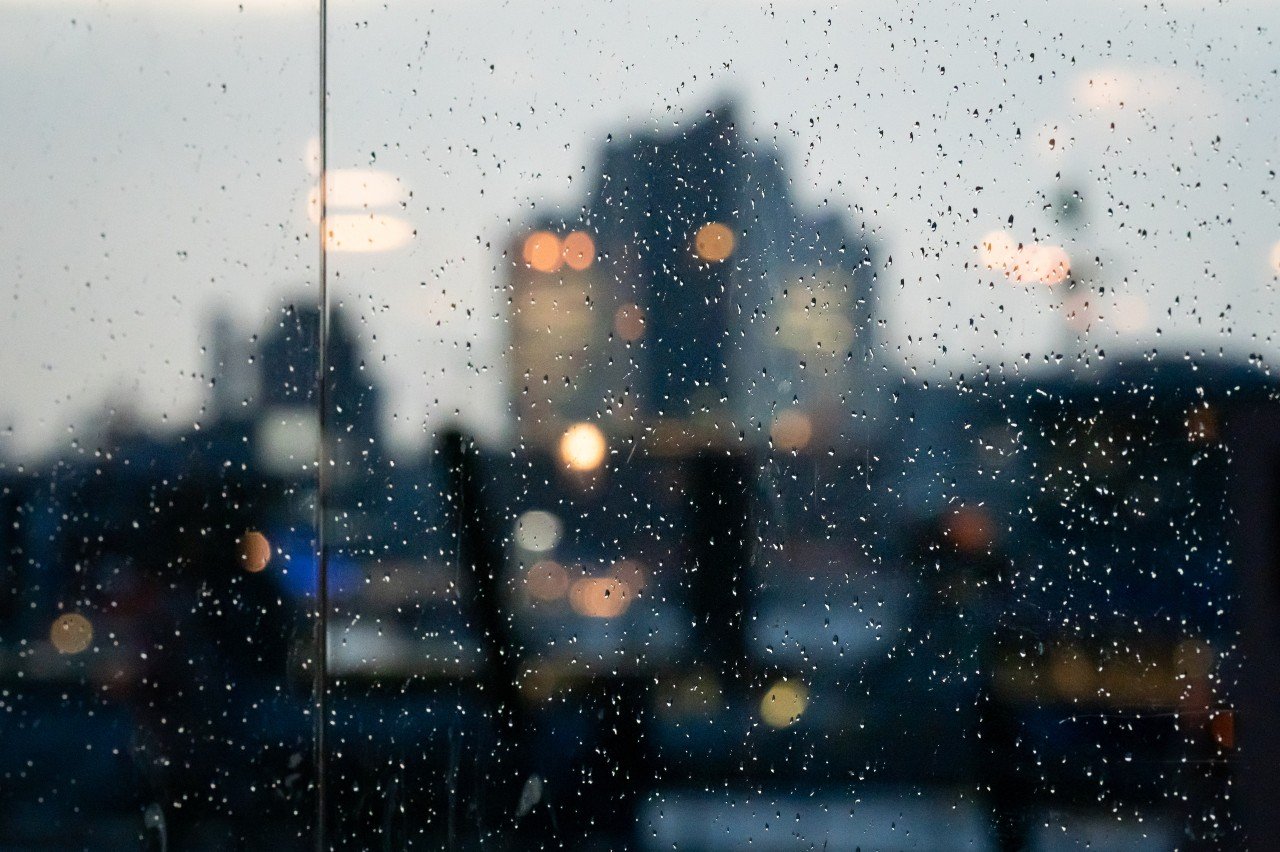
Tours with either a musical or architectural focus – or both – are run daily, but English tours are slightly less regular to be sure to check the language in advance.
If you want the full harbour experience, you can also book an Elbphilharmonie tour in combination with a sightseeing cruise, where you can get breathtaking views of the city and learn about Hamburg’s history by day or night.
Scale the walls at the indoor climbing gym
Bouldering fever has been sweeping the nation in recent years, and it’s no wonder: indoor climbing is great for all-round health and fitness and is also a load of fun.
Hamburg is home to one of the biggest and most modern bouldering halls in Germany, with an incredible 840 square metres of climbing walls spread over 1,800 square metres of indoor spaces.
Out on the outskirts of the city in Stellingen, the Urban Apes Hamburg West climbing gym offers bouldering for all ages and abilities. Children over the age of four can try their hands at scaling the walls, while adult beginners will also be well catered for if they want to try out this challenging sport.
The bouldering hall is also home to an indoor fitness centre, sauna and canteen for anyone who wants to relax and refuel between sessions.
READ ALSO: What you need to know about Germany’s sauna culture
Soak up centuries of art history
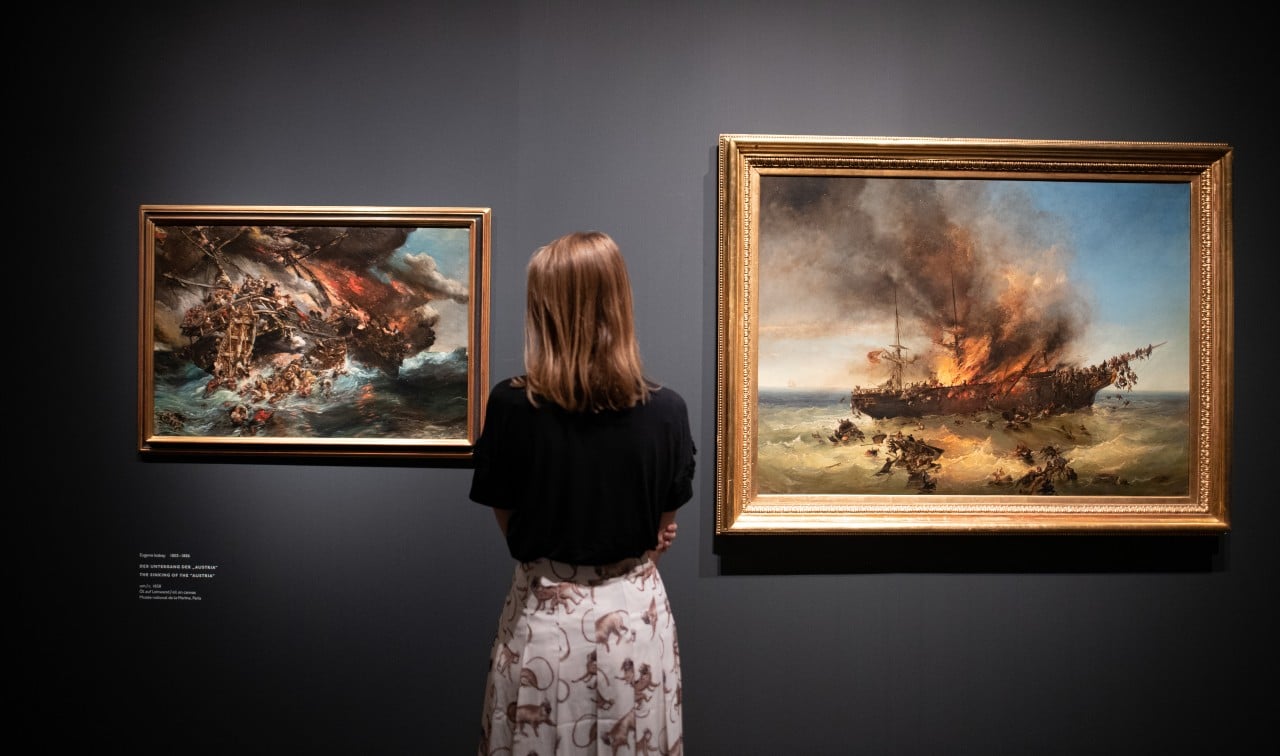
Sometimes there’s nothing better for the soul than wandering around the hushed expanses of an art gallery, perusing masterpieces that are centuries old.
Walking through the exhibition rooms at the magnificent Hamburg Kunsthalle, visitors are taken on a journey through 800 years of art history from the Middle Ages right up until the present day.
Not only is the Kunsthalle home to one of the most substantial public art collections in Germany, but it is also unique in its approach of bringing both classic and modern art together under one roof.
As the rain patters down on the skylights, you can admire paintings by great German masters like Caspar David Friedrich and Max Liebermann as well as modern classics from Edvard Munch and Paul Klee. Private, public and family tours are available throughout the week in a variety of languages, providing even greater insight into the artworks on display.
Go stargazing in an old water tower
If you’d sometimes like to escape the soggy terrain of earth by losing yourself the stars, look no further the Hamburg Planetarium
Tucked away in the eastern corner of the Stadtpark in a disused water tower, the planetarium is the perfect place to tuck yourself away on a wet, cold day and feel a sense of excitement and awe again.
The planetarium offers a packed roster of shows and 3D experiences where you can learn about our planet and solar system, whether its bathing in the dazzling lights of the Aurora Borealis or listening to ambient music on a journey through the galaxy.
The planetarium is open on every day of the week except for Mondays, but evening opening times do vary, so be sure to check the website and book any show tickets in advance to avoid disappointment.
Explore a soviet U-Boot
If you’ve ever wondered what it’s like to be deep under water on a high-tech submarine, a visit to Hamburg’s U-Boot Museum should definitely be on your bucket list.
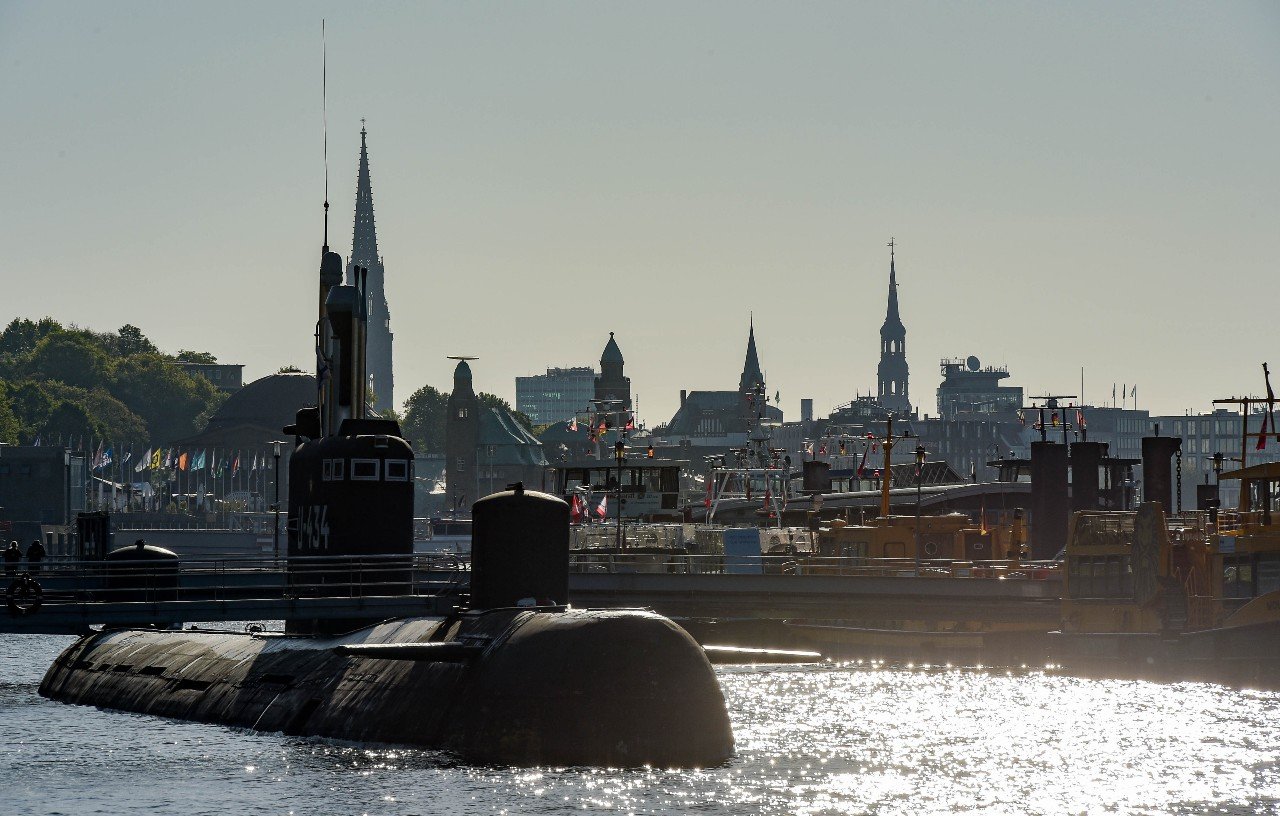
During the Cold War, submarines like this one were used for espionage missions along the east coast of the USA, but after the collapse of the USSR the majority of U-Boots were taken out of service. The U-434 that sits in Hamburg’s harbour, however, served in the Russian navy way up until 2002 – and today it is the last of its kind.
After a relatively short period of negotiation, Hamburg authorities managed to secure the U-434 from the Russians for use as a museum. Now, visitors can explore the interior of the boat, from the torpedo room to the commander central, learning about the technology and Soviet history.
One word of warning: if you have a fear of enclosed spaces, this is definitely not for you. That said, military history buffs will relish this once-in-a-lifetime experience – not to mention a chance to get out of the rain for at least a few hours.


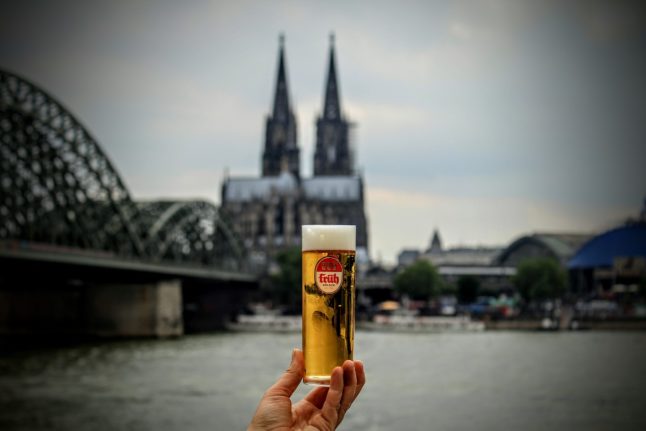

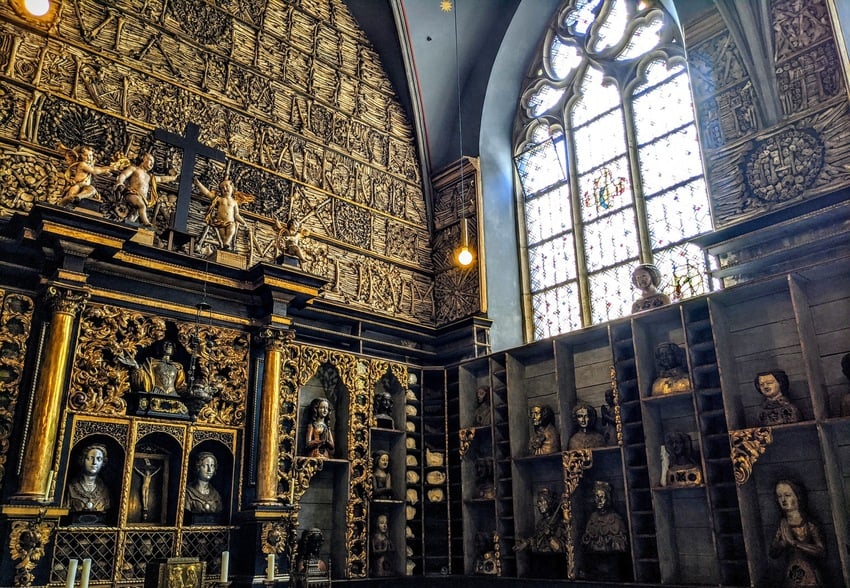

 Please whitelist us to continue reading.
Please whitelist us to continue reading.
Member comments